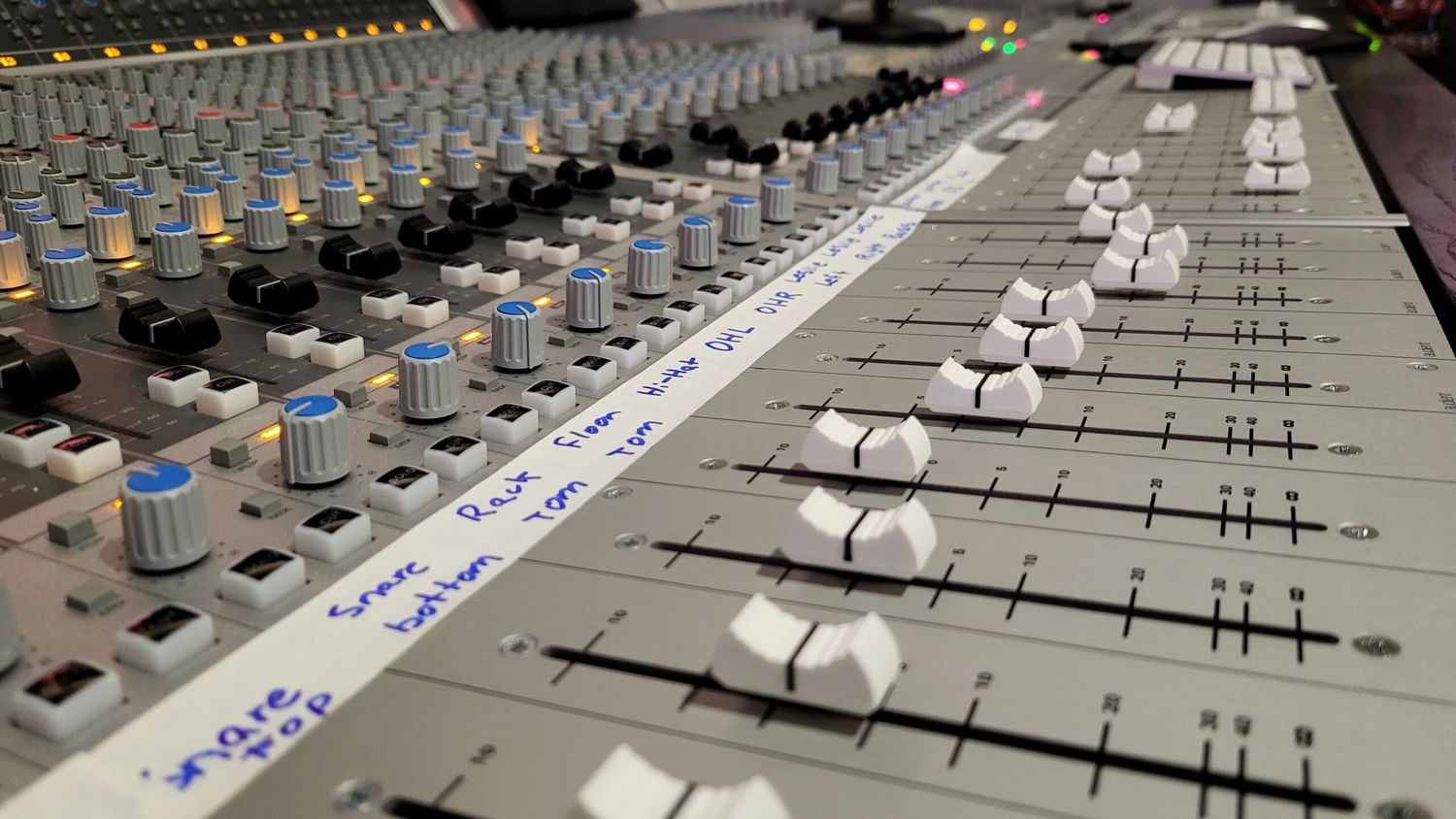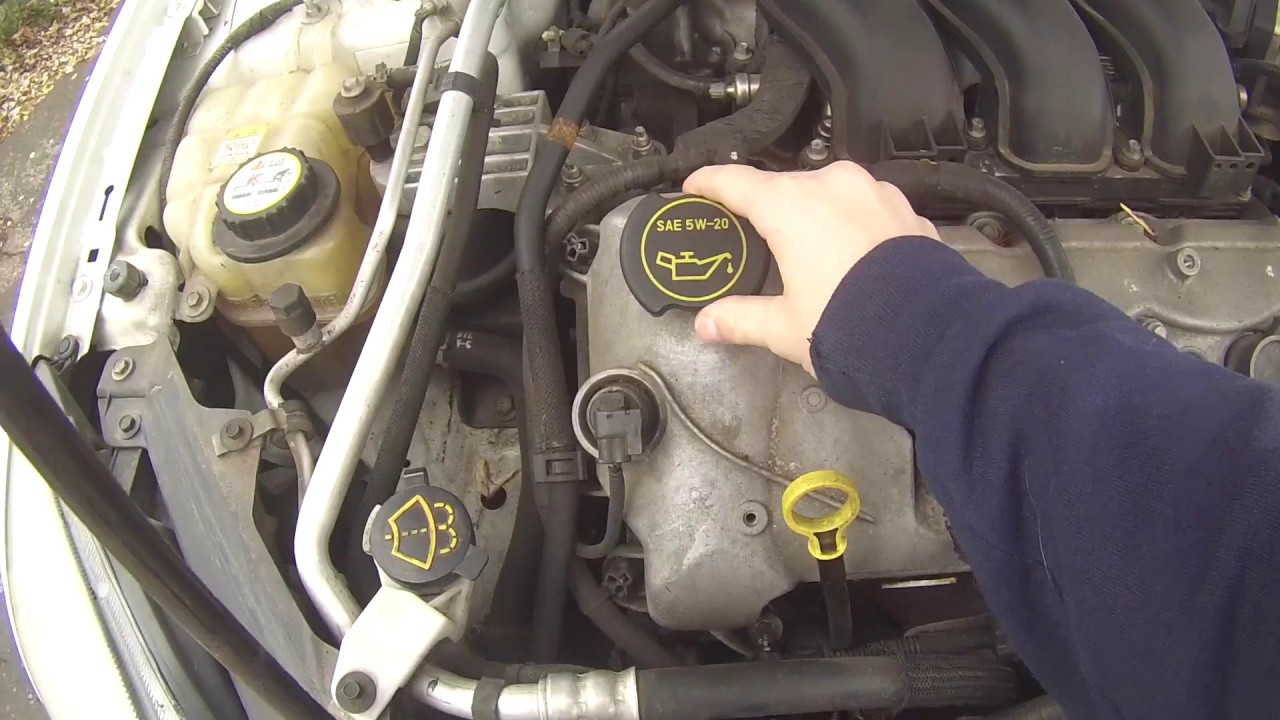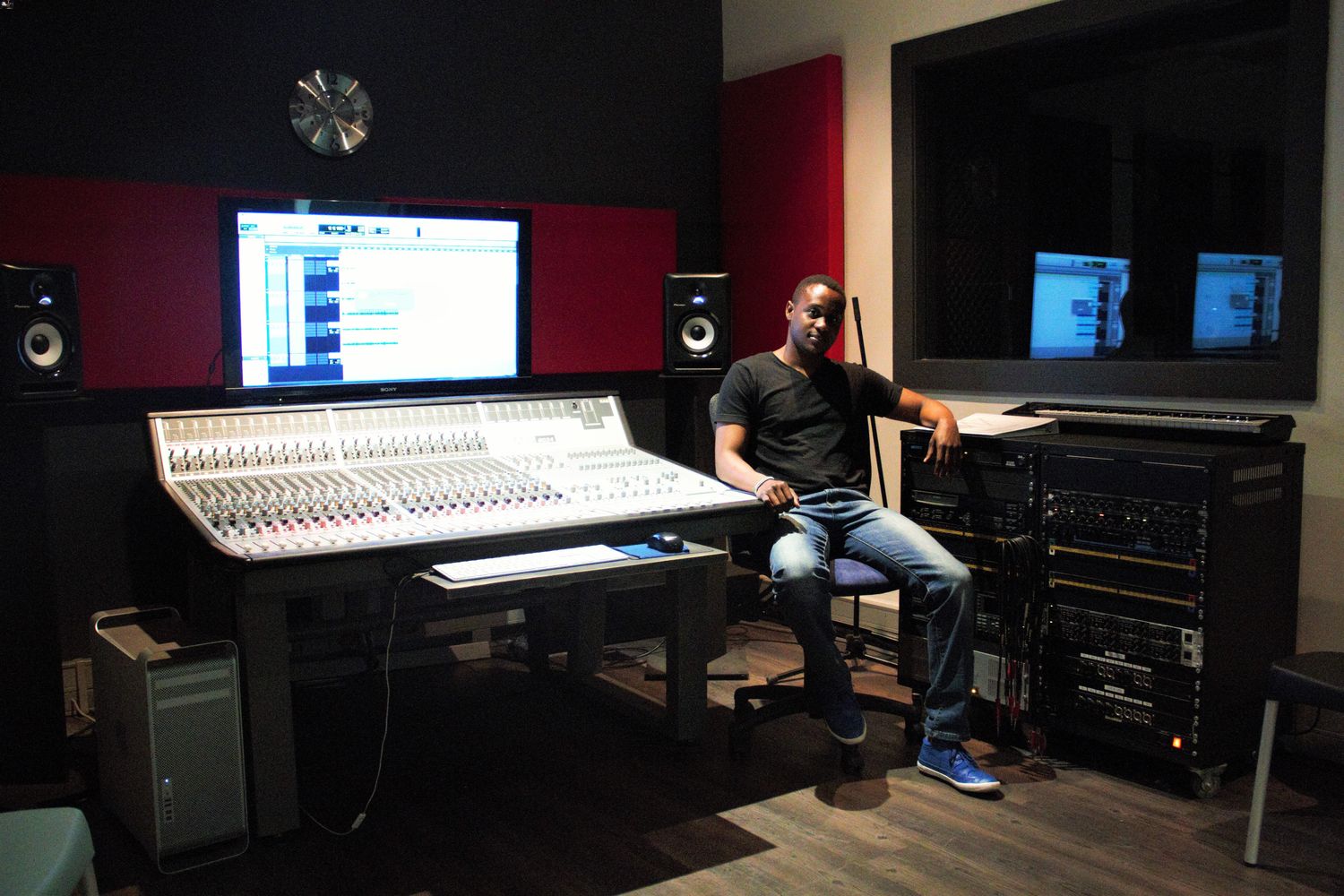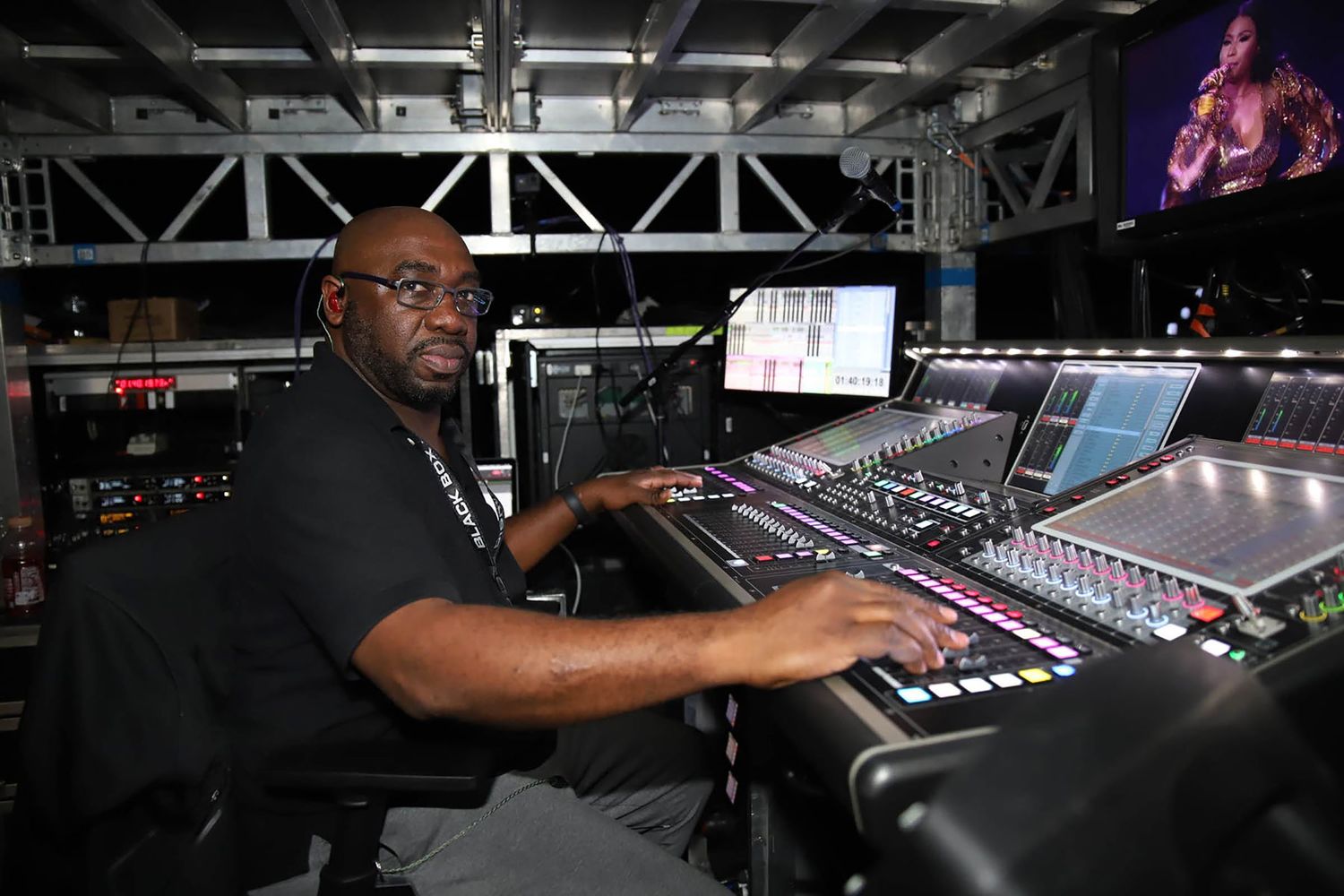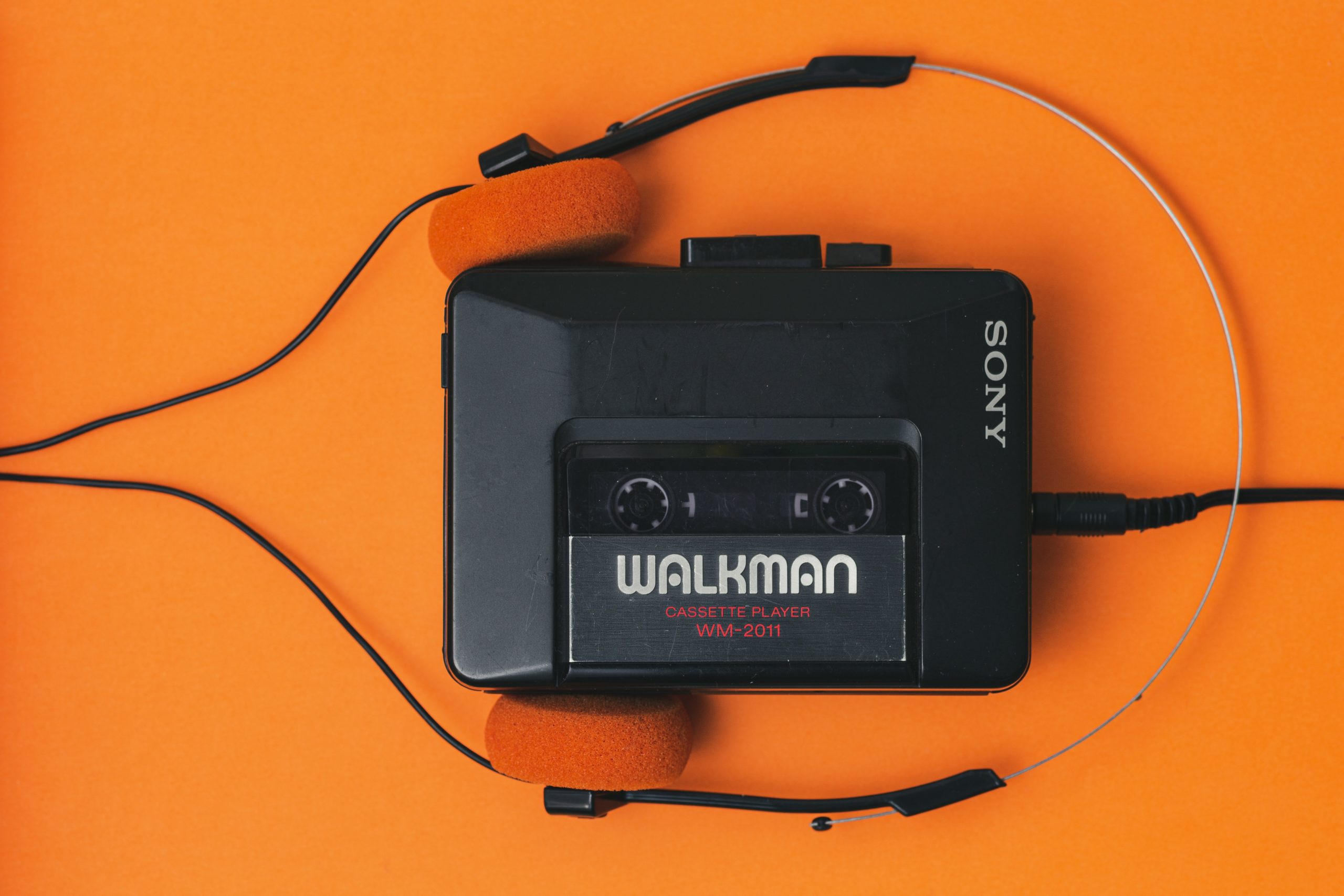Home>Production & Technology>Sound Engineer>How To Transfer Projects For A Sound Engineer
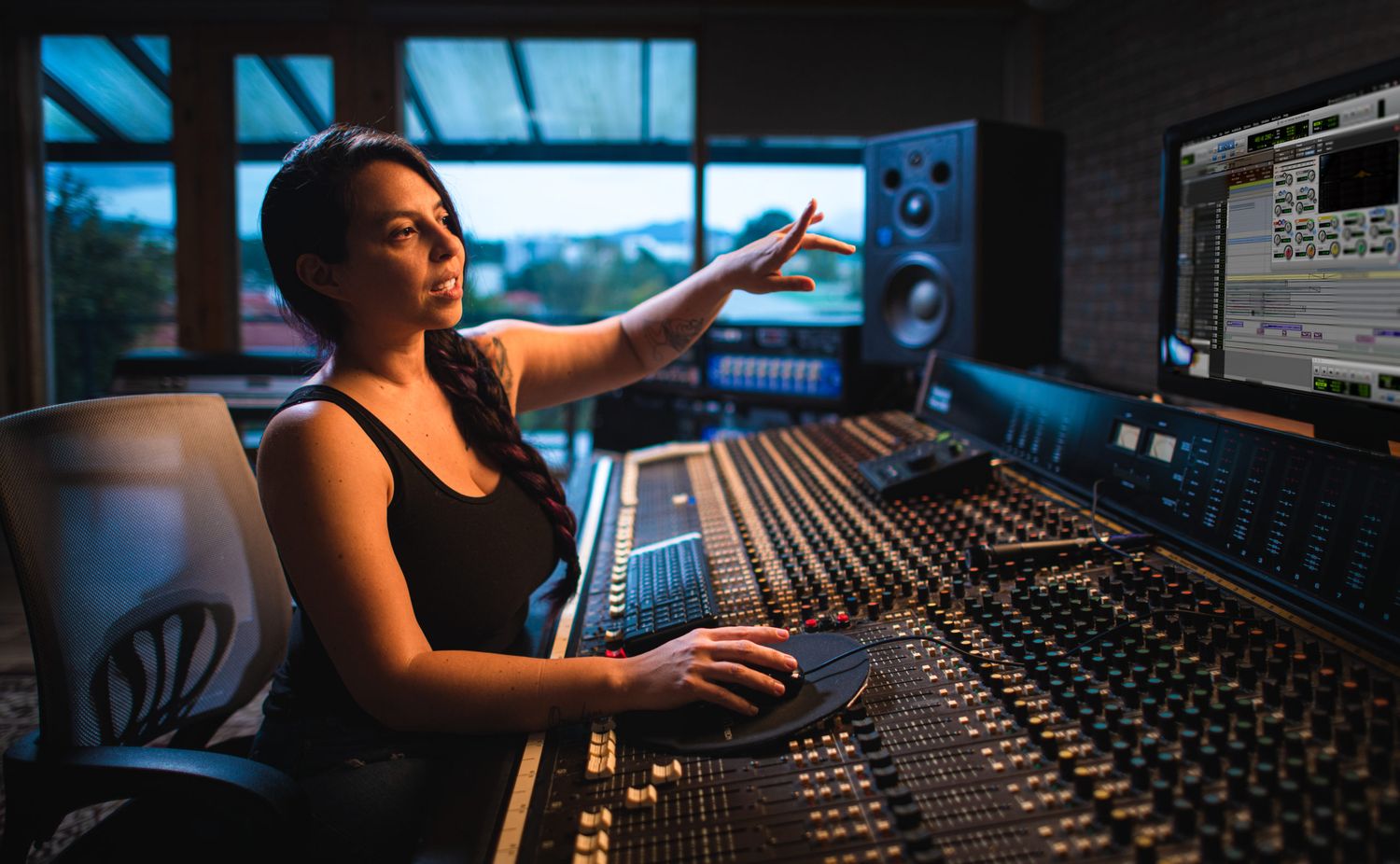

Sound Engineer
How To Transfer Projects For A Sound Engineer
Published: March 7, 2024
Learn how to effectively transfer projects as a sound engineer. Get expert tips and techniques for seamless project transfers. Enhance your workflow today!
(Many of the links in this article redirect to a specific reviewed product. Your purchase of these products through affiliate links helps to generate commission for AudioLover.com, at no extra cost. Learn more)
Table of Contents
Introduction
As a sound engineer, the process of transferring projects is a crucial aspect of your workflow. Whether you are collaborating with other professionals, transitioning between workstations, or archiving completed projects, the ability to seamlessly transfer project files is essential for maintaining productivity and preserving the integrity of your work. In this comprehensive guide, we will delve into the intricacies of project transfer, providing you with valuable insights and practical tips to streamline this process effectively.
From ensuring the compatibility of software and hardware to preserving the quality of audio files, project transfer encompasses a myriad of considerations that demand meticulous attention. By understanding the nuances of this process and implementing best practices, you can navigate project transfers with confidence and precision. Throughout this guide, we will explore the preparatory steps, the actual transfer process, and the critical measures to verify compatibility and quality.
Whether you are a seasoned sound engineer seeking to optimize your workflow or an aspiring professional aiming to grasp the fundamentals of project management, this guide is tailored to equip you with the knowledge and strategies necessary to execute seamless project transfers. Let's embark on this journey to unravel the intricacies of project transfer and empower you to elevate the efficiency and efficacy of your sound engineering endeavors.
Understanding the Project Transfer Process
The project transfer process in sound engineering involves the seamless movement of audio files, session data, and associated resources from one location to another. This could encompass transferring projects between different digital audio workstations (DAWs), sharing files with collaborators, or archiving completed projects for future reference. Understanding the intricacies of this process is paramount for sound engineers to maintain the integrity and continuity of their work.
At its core, project transfer necessitates a comprehensive comprehension of file formats, session settings, and software compatibility. Different DAWs may utilize distinct file formats and session structures, making it imperative for sound engineers to be well-versed in the nuances of these variations. Moreover, the transfer process often involves consolidating and organizing a multitude of audio tracks, plugins, and automation data, requiring meticulous attention to detail to ensure a seamless transition.
Collaborative projects further amplify the complexity of project transfer, as multiple contributors may work on different platforms or versions of the same software. This underscores the significance of establishing clear communication channels and standardized protocols to facilitate efficient file exchange and version control. Additionally, the transfer process must account for potential discrepancies in hardware configurations, ensuring that the transferred projects are compatible with the recipient's system.
Furthermore, the project transfer process extends beyond mere file migration, encompassing the preservation of session settings, plugin configurations, and audio processing chains. Sound engineers must meticulously document and replicate these settings to maintain the sonic integrity and creative vision of the original project. This involves exporting and importing settings, ensuring that the transferred project faithfully retains the intended sound and artistic nuances.
In essence, understanding the project transfer process is about navigating the intricate interplay of file formats, software compatibility, collaborative dynamics, and sonic fidelity. By mastering this process, sound engineers can effectively preserve the integrity of their projects, collaborate seamlessly with peers, and transition between workstations with confidence and precision. This foundational understanding sets the stage for the subsequent steps in preparing for and executing project transfers, which we will explore in the following sections.
Preparing for Project Transfer
Before embarking on the actual transfer of a sound engineering project, thorough preparation is essential to ensure a smooth and successful transition. This preparatory phase encompasses several critical steps that lay the groundwork for a seamless transfer process.
1. Organizing Project Assets
Begin by meticulously organizing all project assets, including audio files, session data, plugin settings, and any additional resources. This involves consolidating related files into a coherent folder structure, ensuring that all necessary components are readily accessible for the transfer process. By organizing project assets systematically, you streamline the subsequent stages of the transfer and minimize the risk of overlooking essential elements.
2. Verifying Compatibility
Assess the compatibility of the project files with the intended recipient's system or DAW. This involves confirming the compatibility of file formats, plugin versions, and session settings. If the transfer involves collaborating with peers or clients, establishing clear communication regarding software versions and compatibility requirements is crucial to preempt potential issues during the transfer process.
3. Cleaning Up Unused Resources
Conduct a thorough review of the project to identify and remove any redundant or unused resources. This includes unused audio clips, redundant plugin instances, and obsolete automation data. By decluttering the project and eliminating unnecessary elements, you optimize the efficiency of the transfer process and reduce the file size, facilitating smoother file exchange.
4. Documenting Session Settings
Document the session settings, plugin configurations, and audio processing chains employed in the project. This documentation serves as a reference for replicating the original sound and creative vision during the transfer process. By meticulously documenting these settings, you ensure that the transferred project faithfully retains its sonic integrity and artistic nuances.
5. Backing Up Project Files
Prior to initiating the transfer, create a comprehensive backup of the project files to safeguard against potential data loss or corruption during the transfer process. This backup serves as a fail-safe mechanism, providing reassurance and mitigating the risk of irreparable damage to the original project files.
By diligently preparing for the project transfer through these essential steps, sound engineers can fortify the foundation for a seamless and efficient transfer process. This proactive approach minimizes potential complications, preserves the integrity of the project, and sets the stage for a successful transition to the recipient's system or DAW.
Transferring Project Files
With the preparatory phase completed, the actual transfer of sound engineering projects unfolds as a pivotal stage in the overall process. This phase involves the meticulous movement of project files, session data, and associated resources from the source location to the intended recipient's system or digital audio workstation (DAW). The following steps delineate the intricacies of transferring project files with precision and efficacy.
1. Exporting Project Files
Initiate the transfer process by exporting the project files from the source DAW. This typically involves utilizing the export or bounce functions within the DAW to consolidate the audio tracks, session data, and associated settings into a cohesive package. Depending on the recipient's system and software, consider the appropriate file format and resolution to ensure compatibility and fidelity during the transfer.
2. File Transfer Protocols
Select the most suitable file transfer method based on the scale of the project and the recipient's preferences. Options range from traditional file transfer protocols such as FTP (File Transfer Protocol) and cloud-based file sharing services to physical storage devices for larger projects. Prioritize secure and reliable transfer methods to safeguard the integrity of the project files throughout the transmission process.
3. Importing and Verifying
Upon receiving the transferred project files, import them into the recipient's DAW or system. Verify the integrity of the transferred files by cross-referencing the session settings, audio tracks, and plugin configurations with the original project. This meticulous verification process ensures that the transferred project faithfully retains its sonic and creative attributes.
4. Collaborative Considerations
In the context of collaborative projects, establish clear communication channels and standardized protocols for transferring project files. This includes documenting version control, file naming conventions, and any specific instructions or requirements for the transfer process. By fostering transparent communication, collaborators can navigate the transfer process seamlessly and mitigate potential discrepancies.
5. Iterative Refinement
In instances where iterative refinement of the project is necessary, implement a structured approach to transferring updated project files. This involves clearly delineating the revisions, versioning the project files, and communicating the specific changes to ensure a cohesive and synchronized workflow among collaborators.
By meticulously executing these steps, sound engineers can navigate the transfer of project files with precision and efficacy, ensuring that the integrity and creative vision of the original project are faithfully preserved throughout the transfer process. This meticulous approach sets the stage for the subsequent measures to verify compatibility and quality, culminating in a seamless and successful project transfer.
Ensuring Compatibility and Quality
Ensuring compatibility and quality is a critical phase in the project transfer process for sound engineers. This pivotal stage encompasses meticulous measures to verify the seamless integration of transferred project files with the recipient's system or digital audio workstation (DAW), while upholding the sonic integrity and creative vision of the original project.
1. Compatibility Verification
Upon importing the transferred project files into the recipient's DAW, sound engineers must meticulously verify the compatibility of session settings, audio tracks, and plugin configurations. This entails cross-referencing the original project settings with the imported files to ensure that the sonic attributes and creative nuances are faithfully retained. Any discrepancies in plugin versions, session settings, or audio processing chains must be addressed to maintain the integrity of the project.
2. Quality Assurance
In addition to compatibility verification, sound engineers must conduct comprehensive quality assurance checks to uphold the sonic fidelity and artistic vision of the project. This involves critically listening to the transferred audio tracks, ensuring that the mix balance, spatial characteristics, and tonal qualities remain consistent with the original project. Any perceptible deviations or anomalies must be meticulously addressed through meticulous adjustments and refinements.
3. Iterative Refinement
In collaborative projects or instances requiring iterative refinement, the process of ensuring compatibility and quality extends to subsequent iterations of the project transfer. Sound engineers must implement a structured approach to integrating updated project files, maintaining a cohesive and synchronized workflow among collaborators while preserving the sonic integrity and creative continuity of the project.
4. Documentation and Communication
Throughout the process of ensuring compatibility and quality, meticulous documentation of any adjustments or refinements is imperative to maintain a comprehensive record of the transfer process. Clear communication channels among collaborators are essential to convey any specific adjustments made to the transferred project files, ensuring a shared understanding of the project's sonic attributes and creative nuances.
By meticulously executing these measures to ensure compatibility and quality, sound engineers fortify the foundation for a seamless and successful project transfer. This meticulous approach culminates in the preservation of the sonic integrity and creative vision of the original project, empowering sound engineers to navigate project transfers with precision and efficacy.
Conclusion
In conclusion, the process of transferring projects for sound engineers is a multifaceted endeavor that demands meticulous attention to detail, technical proficiency, and a keen understanding of sonic integrity and creative continuity. Throughout this comprehensive guide, we have delved into the intricacies of project transfer, from the preparatory phase to the meticulous execution of transferring project files and the critical measures to ensure compatibility and quality.
By understanding the nuances of project transfer, sound engineers can fortify the foundation for a seamless and efficient transfer process. The preparatory phase, encompassing steps such as organizing project assets, verifying compatibility, cleaning up unused resources, documenting session settings, and backing up project files, lays the groundwork for a successful transfer. This proactive approach minimizes potential complications, preserves the integrity of the project, and sets the stage for a smooth transition to the recipient's system or DAW.
The actual transfer of project files unfolds as a pivotal stage, involving the meticulous movement of audio tracks, session data, and associated resources. Sound engineers must navigate the export, transfer, and import processes with precision and efficacy, ensuring that the sonic and creative attributes of the original project are faithfully retained throughout the transfer.
Ensuring compatibility and quality represents a critical phase in the project transfer process. By meticulously verifying compatibility, conducting quality assurance checks, and fostering clear communication among collaborators, sound engineers uphold the sonic integrity and creative vision of the original project, culminating in a seamless and successful project transfer.
Ultimately, mastering the art of project transfer empowers sound engineers to collaborate seamlessly with peers, transition between workstations with confidence, and preserve the sonic integrity and creative continuity of their projects. By embracing the insights and strategies outlined in this guide, sound engineers can elevate the efficiency and efficacy of their project transfer endeavors, fostering a seamless and harmonious workflow in the realm of sound engineering.

